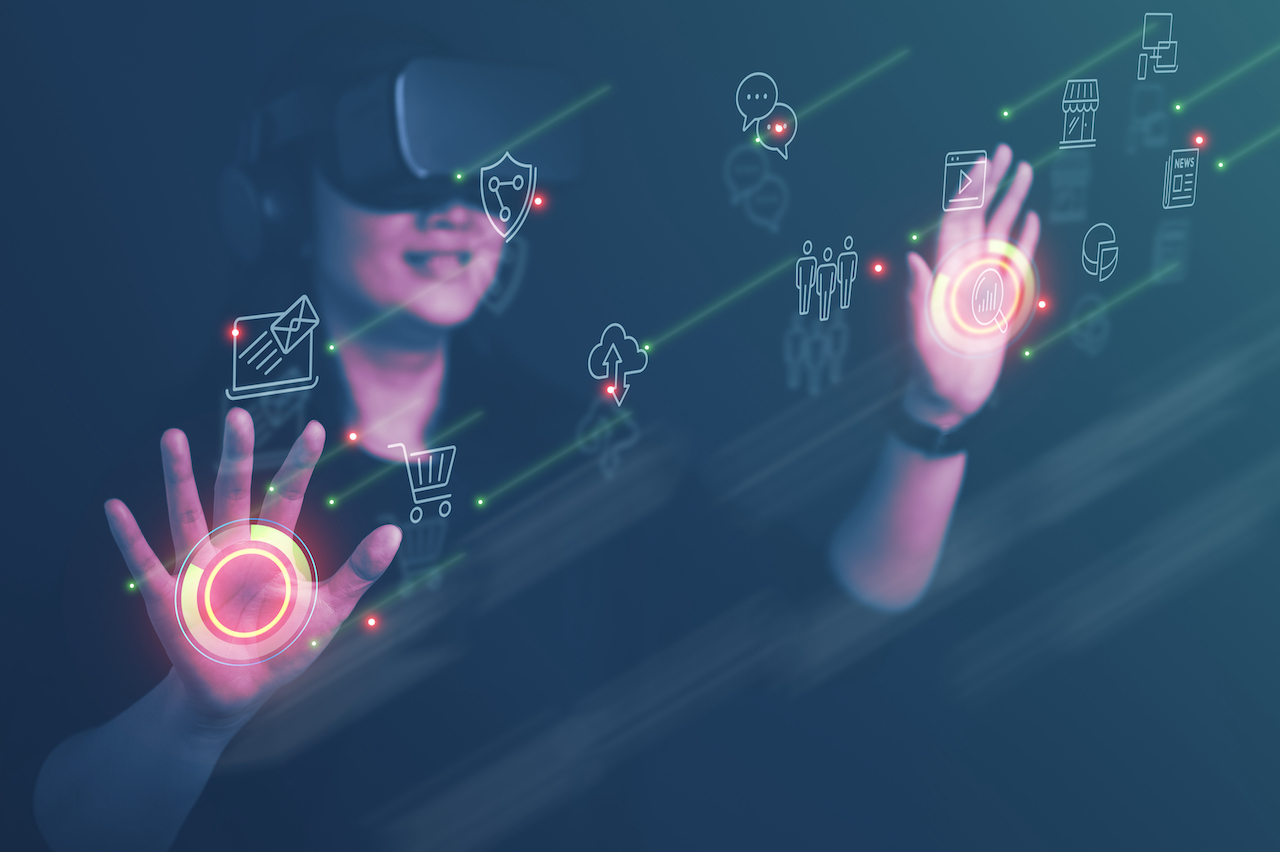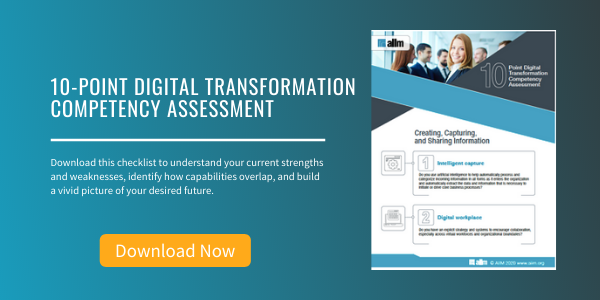
How to Prepare for the Metaverse
From the Australian Open offering fans art ball NFTs with real-time match data to JPMorgan Chase’s tiger-friendly lounge in the blockchain-based world Decentraland, metaverse events are exploding into 2022 as powerful new weapons to engage with people.
A buzzword du jour, the metaverse was coined in the 1992 Neal Stephenson science fiction novel, “Snow Crash,” which reimagined the mind-bending possibilities of virtual reality. Unsurprisingly, the major players are already at work in the space. Microsoft approached acquiring Activision Blizzard, which would make it the third-largest gaming company by revenue. Google is creating a dedicated Digital Assets Team within Google Cloud to support building, transacting, storing value, and deploying new products on blockchain-based platforms. Disney even tapped a new executive, Mike White, to lead its foray into the metaverse. According to Bloomberg, the global metaverse revenue opportunity could approach $800 billion by 2024.
While Google acknowledges a slowdown in the intensity of NFTs and metaverse searches since the beginning of the year, probably due to more urgent contextual elements to pay attention to, the message from many relevant trend shapers is that the metaverse is here – and it’s here to grow and evolve to take a pervasive role in almost every business model.
The impact of the metaverse on our businesses and lives will likely be greater than that of the internet. As metaverse technology stacks expand and become more available, cheaper, and connected, the conception of use cases across all sectors becomes a contagious exercise. Of course, not every use case will materialize immediately. We will probably have to wait at least a decade to see the full potential of generalized use of AR/VR and much longer to reach sci-fi-level scenarios involving technologies like brain-computer interfaces (BCIs). Right now, just two in five Americans say they are very or somewhat familiar with the metaverse, and less than one in five can correctly define it.
Eventually, nearly every company will be connected to or part of the metaverse in one way or another. Retailers and brands will open virtual stores, launch virtual collections, or host exclusive digital events for their targeted NFT holders. Manufacturers are already undertaking 3D-based training for their workforce, and some are beginning to configure their digital twins for their manufacturing facilities or moving, with the proliferation of low-power, low-latency connected devices, to a full recreation of physical locations where operators can prevent, act, or react based on data. Health providers will roll out an incredible set of immersive experiences around care and medical services. No matter what your business model is, it will be affected, impacted, challenged, enriched, or threatened by the concept of the metaverse. The possibilities are endless, and it’s clearly time for businesses to experiment and take risks.
Although the metaverse is still in its infancy, it represents an almost unimaginable source of data, moving into volumes that are difficult to fathom. No one knows for sure where this will lead, but embracing the development of robust new capabilities will help companies play better and faster in this limitless virtual world.
3 Ways to Prepare for the Metaverse
1. Acquire or develop new skills in an orderly fashion.
Some companies have started on this path by hiring or promoting a Chief Metaverse Officer (CMO), who combines a profound knowledge of the business, market analysis capabilities, strong innovation orientation, and a more than reasonable understanding of technology possibilities to drive metaverse strategy and build a comprehensive roadmap of initiatives with a try, test, learn, and adapt approach.
The CMO can play the champion role, but there are other figures who will prevail in the initial phases: experts in metaverse technologies who can speak the metaverse language with technology partners, understand the implications of metaverse initiatives, lead coordination with business areas supporting the CMO, and drive internal adaptation actions (integration landscape, data architecture, security, privacy, etc.).
As knowledge flows into business areas, some of these figures will gradually be reintegrated into cross-functional teams dedicated to specific initiatives.
2. Create or facilitate the internal dynamics of a “metalab.”
A metalab enables rapid testing, quick judgment, and continuous learning. This process, which may be perceived as supernatural for many newborn companies, is a real pain for most large organizations and corporations that developed IT capabilities and operating models to support reliable, compliant, ultra-protective processes that may prevent quick, semi-finished (in the form of minimum viable products or “MVPs”), and semi-integrated solutions targeting specific, segmented audiences.
This lab approach also means different sets of metrics by which to judge experiments’ success and different collaboration schemes with business areas.
3. Prepare for the hype.
It’s difficult to be completely precise here, but there are certain areas that will be crucially impacted by what is to come. Data architecture is probably the first to rank. Scalability will be tested to the maximum due to the extreme data collection and data processing requirements coming from metaverse scenarios. Integration and data consumption will redefine their order of magnitude, and AI will be the de facto standard.
If these issues aren’t addressed promptly, the usual suspects we face today (data silos, data discrepancies, disconnection between data models and business processes, etc.) will surely become insurmountable walls. Also, with a great dose of uncertainty from expected but nonexistent safety, privacy and security regulations on user identity and personal data shared in the metaverse, companies rightly sense challenges that need to be addressed today.
The Metaverse is Coming
The metaverse movement is unstoppable, and we should prepare ourselves to understand it better, explore it tactically and strategically, and equip ourselves with the skills needed to be successful. Given that most companies around the world have been shocked by rising inflation and uncertainty, companies should isolate some (limited) medium-term initiatives, with the metaverse and sustainability being two safe candidates, so that resources are not entirely directed toward navigating this storm of 2022.
About Miriam Molino Sánchez
Miriam Molino Sánchez is Stibo Systems' Head of Global Retail Practice. Miriam brings deep expertise in retail with more than 25 years in the industry. In previous roles, she's been a consultant leading strategic and operational initiatives for retail clients and as in-house talent assisting one of the biggest retailers in Spain with its digital transformation. At Stibo Systems, Miriam promotes people-centered, technology-based, scalable and sustained transformation in the retail industry.



